As a child, Max Hodak learned to develop film in a darkroom with his late grandfather who was almost blind.
Hodak’s grandfather had retinitis pigmentosa, a congenital disease that affects one out of every 5,000 people — more than 2 million worldwide. Most people with the condition are born with their sight intact. Over time they lose peripheral vision first, then central vision, and finally, their sight, sometimes as early as middle age.
“He clearly had this career and was a photographer, and I saw that,” Hodak said of his grandfather, who became an aerospace engineer and briefly worked on heat shields for spacecraft. “But most of my memories as a kid was that he was pretty profoundly blind.”
Possible solutions, though, are within reach. Science, a start-up company in Alameda, Calif., has designed a visual prosthesis called the Science Eye which could restore vision, albeit in a limited form, in people with retinitis pigmentosa. Hodak, its CEO, co-founded the startup after a stint at Elon Musk’s company Neuralink. Other companies such as Paris-based biotechnology company GenSight Biologics and Bionic Sight in New York are also experimenting with methods to restore sight.
All are basing their work on a research tool in neuroscience called optogenetics, a form of gene therapy that delivers proteins called opsins via injection into the eye to boost the light sensitivity of cells in the retina, the layer of tissue at the rear of the eyeball.

Restoring sight is possible now with optogenetics
Therapeutic optogenetic therapy for vision restoration certainly has promise, according to Anand Swaroop, a senior investigator at the National Eye Institute in Bethesda, Md., who has worked on inherited retinal degeneration for close to four decades. But there’s still room for improvement.
“At least at this stage, it seems to be very good in cases where someone is completely blind,” Swaroop said. “You should be able to find your way around. You’re not going to bump into things, which is great. But you’re not going to be distinguishing many different features.”
How optogenetics work
In normal vision, light enters the eye through the lens and forms an image on the retina. The retina itself is composed of several different types of cells, mainly photoreceptors. Photoreceptors are light-sensing cells shaped like rods and cones that contain opsins. Normally, photoreceptors convert light into electrical signals that travel to the retina’s ganglion cells, which in turn transmit those electrical signals via the optic nerve into the brain. That’s how you’re reading the words on this page right now.
In retinitis pigmentosa, the rods and cones in the photoreceptors break down and ultimately die. First the peripheral vision goes, and people develop tunnel vision: They have to turn their whole head just to view the world around them. Many people with tunnel vision require a cane to assist in navigating the world (and to avoid bumping into things, like furniture.) Blindness follows not long after. The breakdown of the photoreceptors, however, doesn’t diminish the brain’s ability to process electrical signals — and, critically, the ganglion cells remain intact.
Optogenetics seeks to circumvent the usual choreography by delivering opsin proteins directly to the ganglion cells, meaning they can be stimulated by light in order to send signals to the brain.
The Science Eye contains two elements. The first is an implant composed of a wireless power coil and an ultrathin, flexible micro-LED array that’s applied directly over the retina — surgery that’s more extensive compared to other eye procedures like repairing cataracts. According to Hodak, the array — prototypes of which are being tested in rabbits — provides eight times the resolution of an iPhone screen.
The second element is a pair of frameless glasses, similar in size and shape to regular prescription glasses, that contain miniature infrared cameras and inductive power coils.
Put it all together and the process looks like this:
Step 1
Inject opsins into the ganglion cells of the eye.
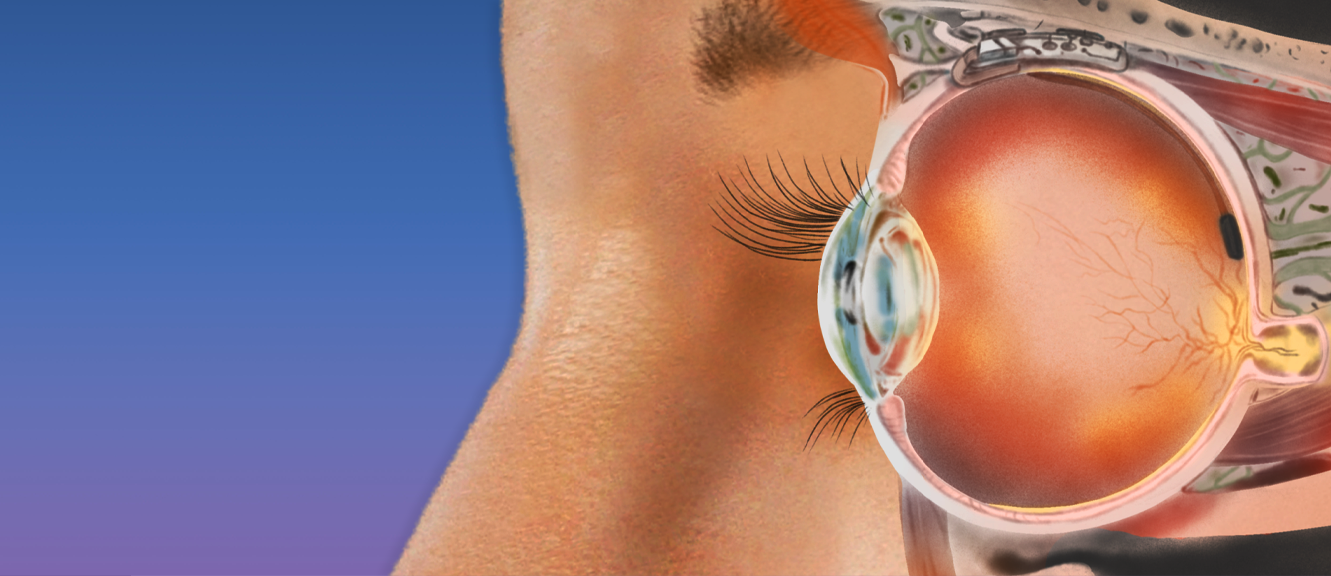
Step 2
Install the implant.
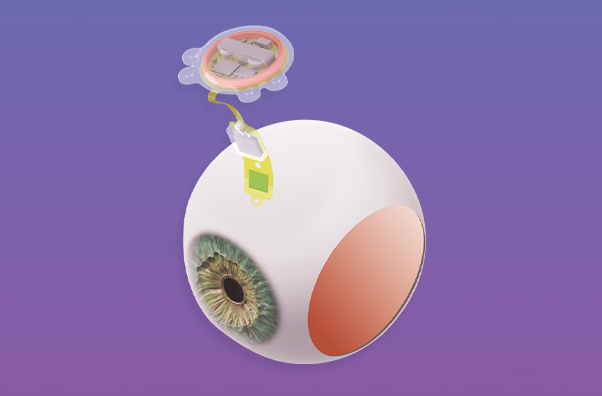
Step 3
The glasses activate the modified ganglion cells by wirelessly communicating information from the visual world; in turn, the new light-sensitive ganglion cells transmit that information through the optic nerve to the brain.
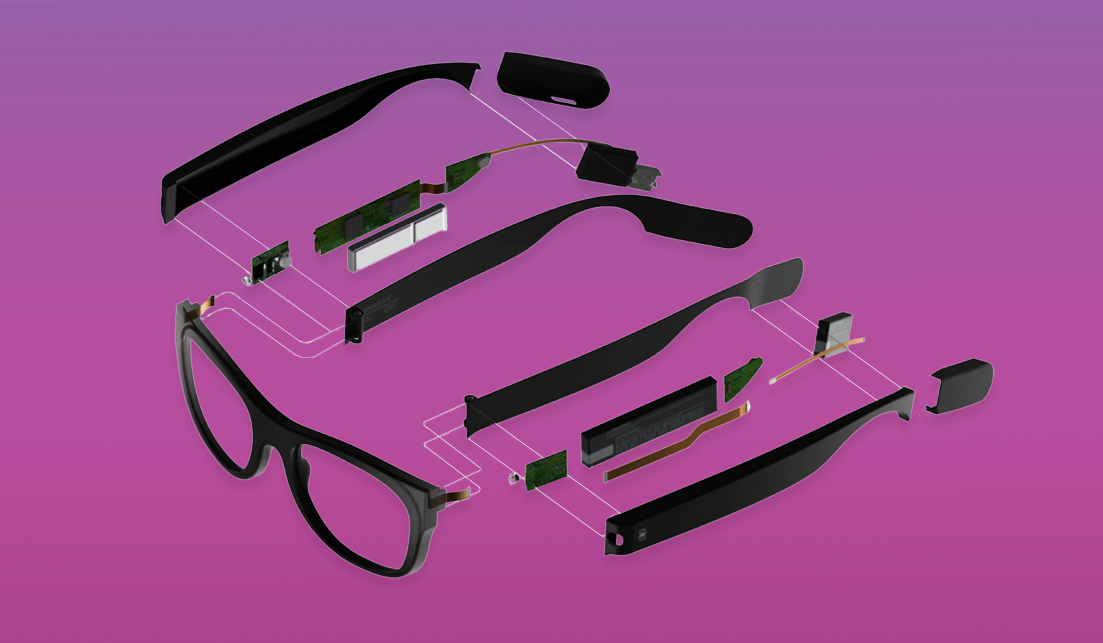
The eye isn’t receiving an image anymore, but rather digital information. And the results?
“You should be able to walk across town to buy a sandwich without being hit by a car,” Hodak said.
More research into retinitis pigmentosa
Other companies are already helping to bring back vision in people with retinitis pigmentosa.
GenSight Biologics uses an optogenetics-plus-glasses approach to amplify light that genetically edited ganglion cells can decode. According to clinical trial results published in 2021 in the journal Nature Medicine, GenSight’s method was able to help in locating objects on a table. That patient, a 58-year-old man, was diagnosed with retinitis pigmentosa at age 18.
Bionic Sight has firsthand experience with patients beginning to make distinctions between features. Its method involves a gene-therapy vector that transfers an opsin called Chronos via injection into the eyes of their patients to boost the light sensitivity of intact ganglion cells. For those with tunnel vision, the injection of the opsin seems to be enough.
For patients with more impaired vision, Bionic Sight pairs the optogenetic therapy with a pair of goggles containing a camera and a neurocoding device: The camera takes in images and converts them to code, which is then sent out as light pulses to activate the opsin in the genetically modified ganglion cells. So far Bionic Sight has treated 13 people, ranging from the very blind to patients with tunnel vision.
“It’s really significantly helping,” said Sheila Nirenberg, founder of Bionic Sight as well as a professor of computational neuroscience at Weill Cornell Medical College.
Consider the large letter “E” on the eye chart you might examine during a visit to the doctor’s office. The visual acuity of a person who is nearly blind is 20/200: What someone with 20/20 vision is able to see at 200 feet away is only visible at 20 feet away to someone who is nearly blind.
Many of her patients with retinitis pigmentosa, Nirenberg said, can’t see a letter like the big “E” from just two feet away. But one patient whose visual acuity was 20/150 — he had to stand 20 feet away from the chart in order to see the letters, whereas a normally-sighted person could stand 150 feet away and see the same letters — is now down to 20/40. Another patient was unable to distinguish the suits on playing cards. After receiving the opsin, the patient was not only able to tell the difference between clubs and diamonds, for instance, but he was also able to notice the differences in color.
Another challenge had him trying to spot differences between plastic fruits arranged in front of him. He was able to spot the stem of the apple to tell it apart from oranges and peaches. Finally, he was asked to walk a maze with black squares on the bottom — and made it through successfully.
“I can’t explain to you how thrilling it is,” Nirenberg said. “It’s very hopeful.”
One form of gene therapy for treating blindness has been available for over five years. Luxturna, a prescription approved by the Food and Drug Administration in 2017, is for children and adults with a rare genetic mutation that impacts the retinal pigment epithelium, the membrane at the back of the retina on which the photoreceptors sit. The prescription adds in a functional version of the gene to create an epithelium more favorable to the photoreceptors.
“It might slow the progression of the disease,” Hodak said. “But it does not regenerate any loss.”
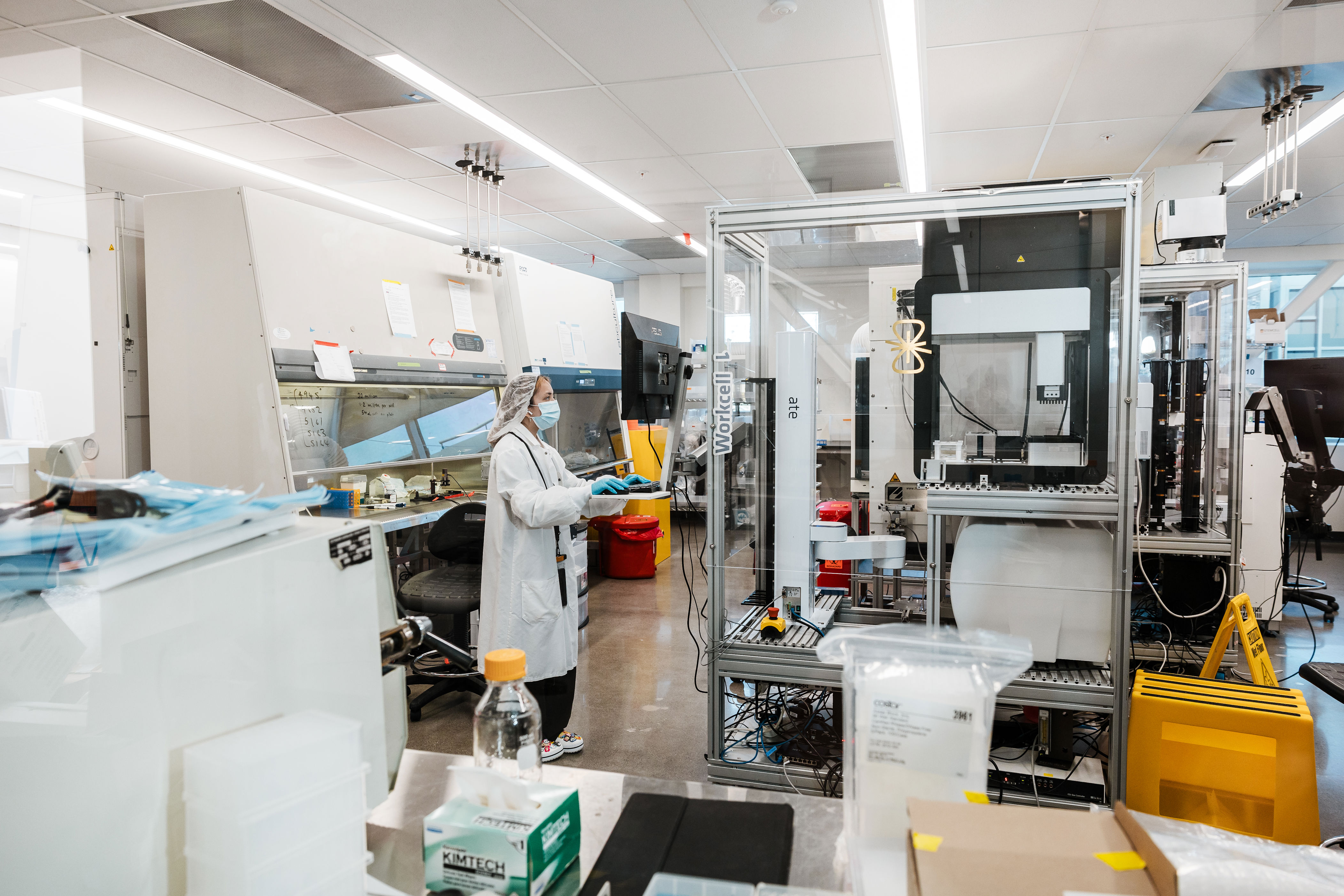
An employee in the lab at Science.
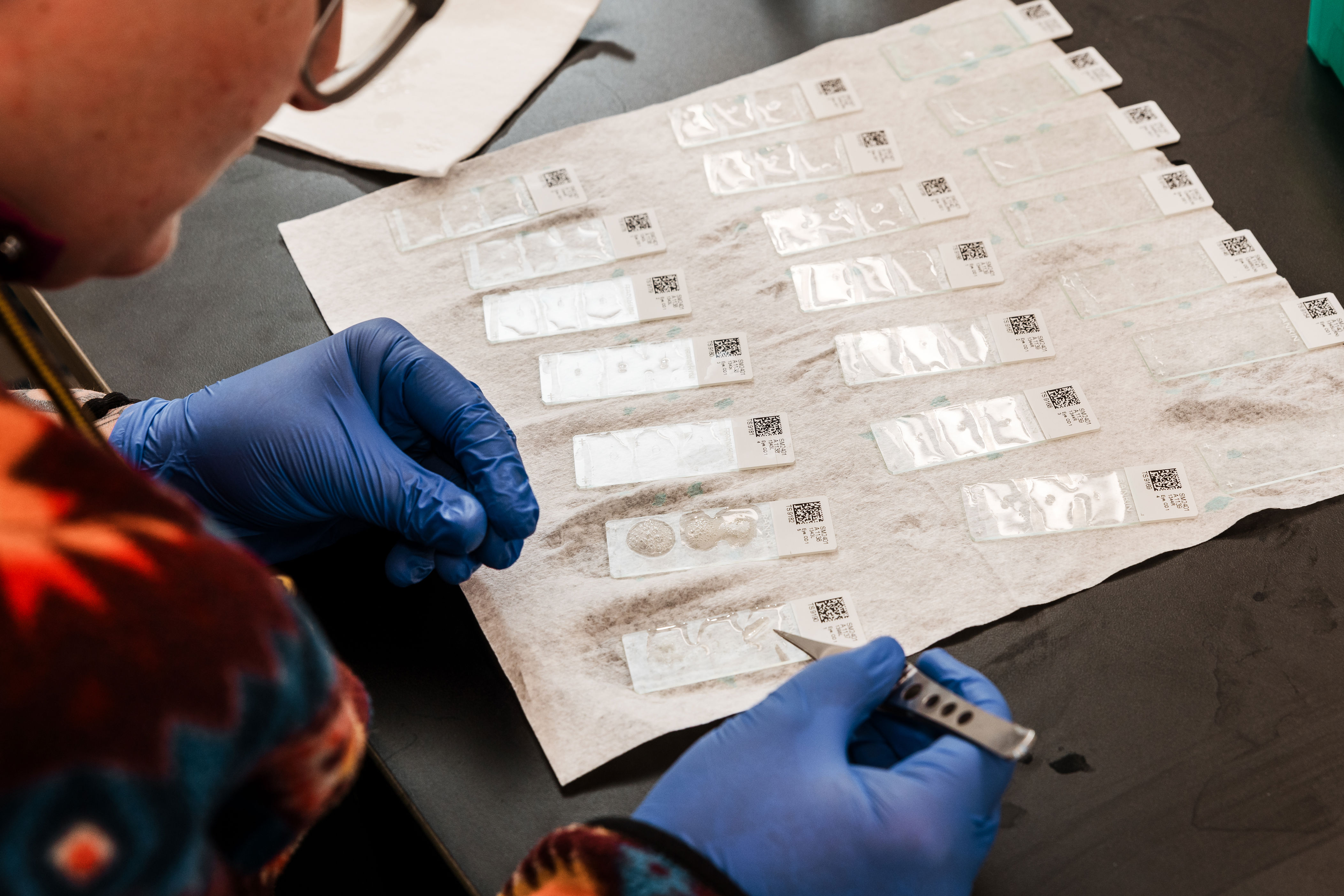
An employee prepares histology slides with fluorescent stains to visualize biological data.
There are milestones to cross for every company using optogenetics to help people improve their eyesight. More patients enrolled in clinical trials should help refine both opsin delivery and the ability to improve light sensitivity in retinal cells. But Hodak predicts that over the next five years, there will be products on the market for people like his grandfather.
“You always have to be really careful with what you say to patients because they’re holding on for any piece of hope,” Hodak said. “But there’s a lot of things on the horizon that are converging. It’s not at a point where any one thing will fail and derail the whole field. Real progress is coming.”
About this story
Bionic Eye illustrations by Washington Post; Science. Editing by Bronwen Latimer. Copy editing by Paola Ruano. Design and development by Audrey Valbuena. Design editing by Betty Chavarria. Photo editing by Haley Hamblin. Project development by Evan Bretos and Hope Corrigan. Project editing by Marian Chia-Ming Liu.
News Related-
Russian court extends detention of Wall Street Journal reporter Gershkovich until end of January
-
Russian court extends detention of Wall Street Journal reporter Evan Gershkovich, arrested on espionage charges
-
Israel's economy recovered from previous wars with Hamas, but this one might go longer, hit harder
-
Stock market today: Asian shares mixed ahead of US consumer confidence and price data
-
EXCLUSIVE: ‘Sister Wives' star Christine Brown says her kids' happy marriages inspired her leave Kody Brown
-
NBA fans roast Clippers for losing to Nuggets without Jokic, Murray, Gordon
-
Panthers-Senators brawl ends in 10-minute penalty for all players on ice
-
CNBC Daily Open: Is record Black Friday sales spike a false dawn?
-
Freed Israeli hostage describes deteriorating conditions while being held by Hamas
-
High stakes and glitz mark the vote in Paris for the 2030 World Expo host
-
Biden’s unworkable nursing rule will harm seniors
-
Jalen Hurts: We did what we needed to do when it mattered the most
-
LeBron James takes NBA all-time minutes lead in career-worst loss
-
Vikings' Kevin O'Connell to evaluate Josh Dobbs, path forward at QB
